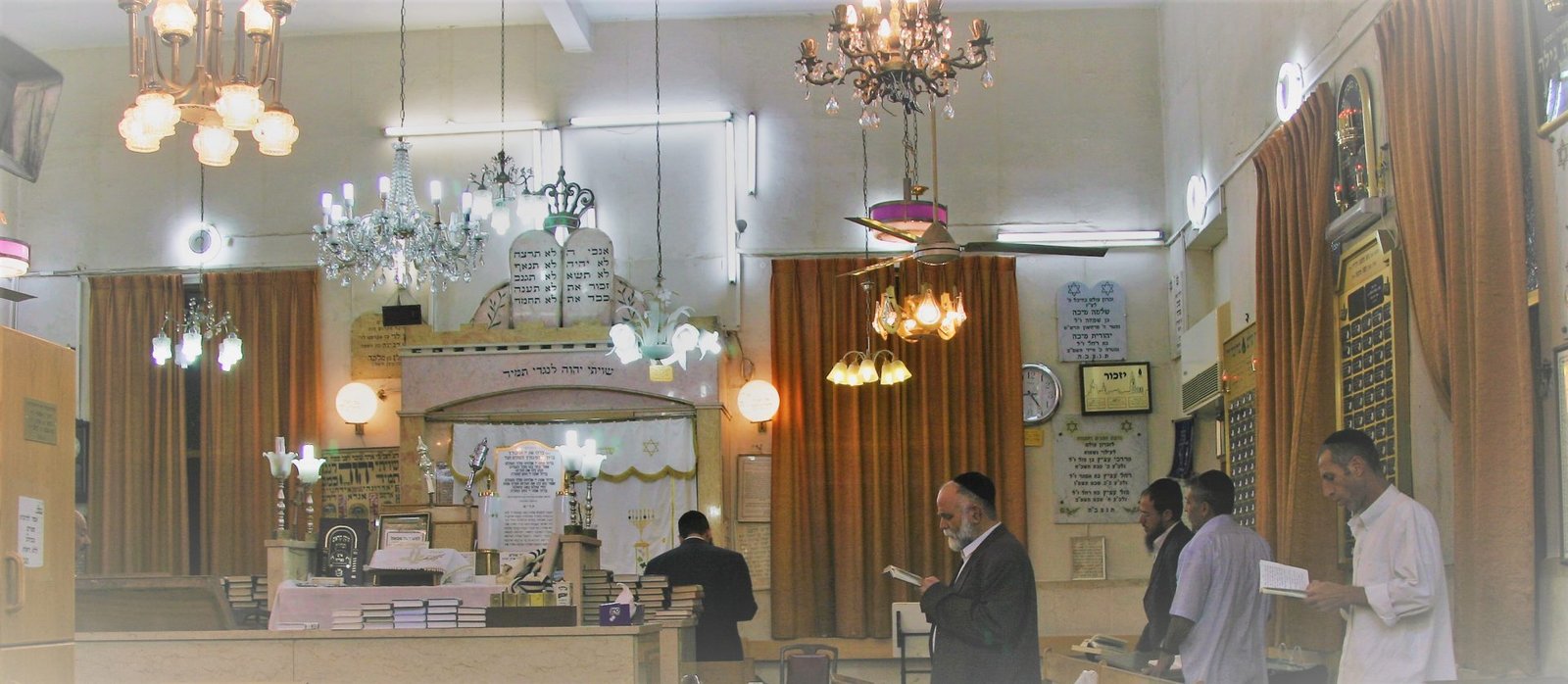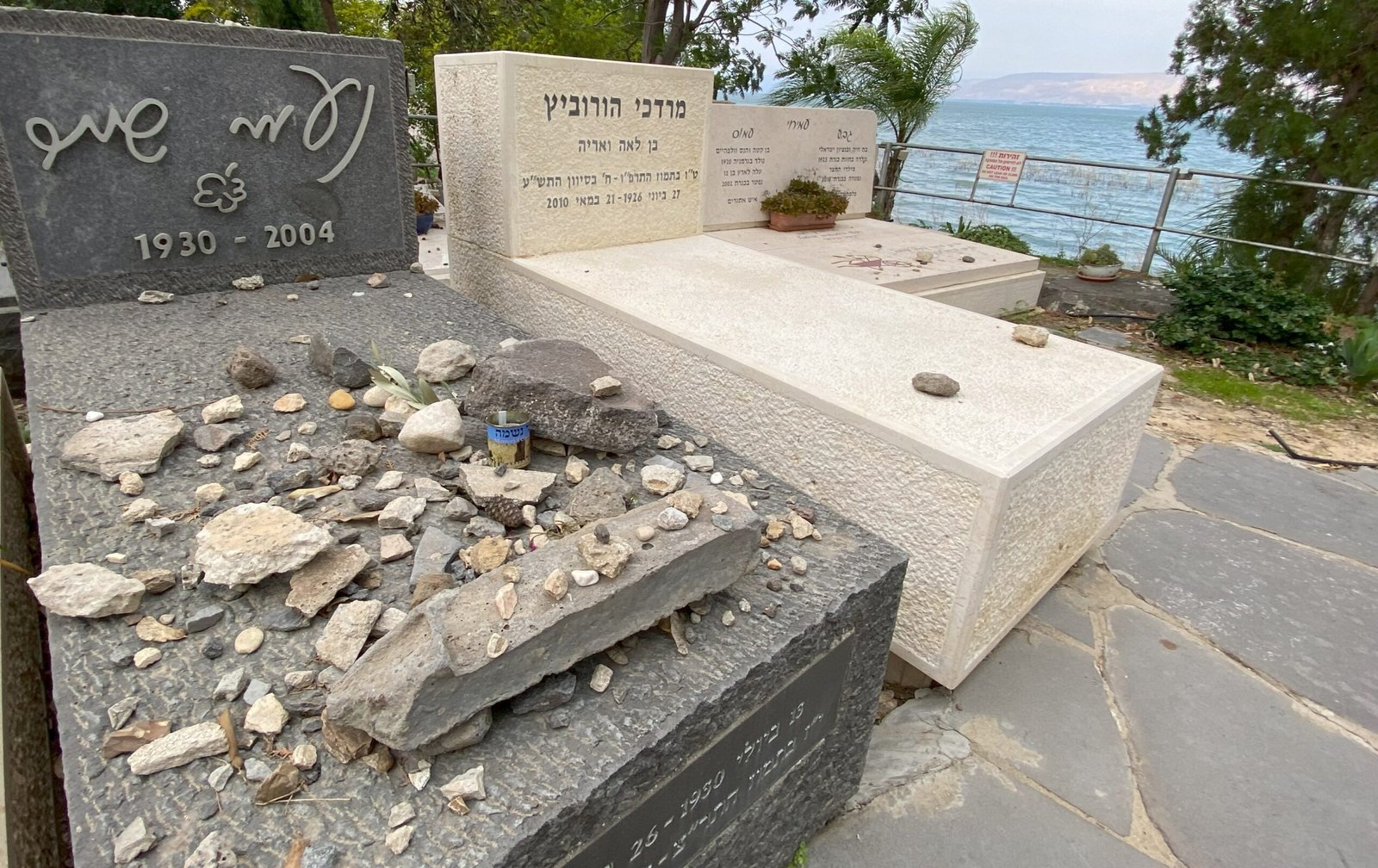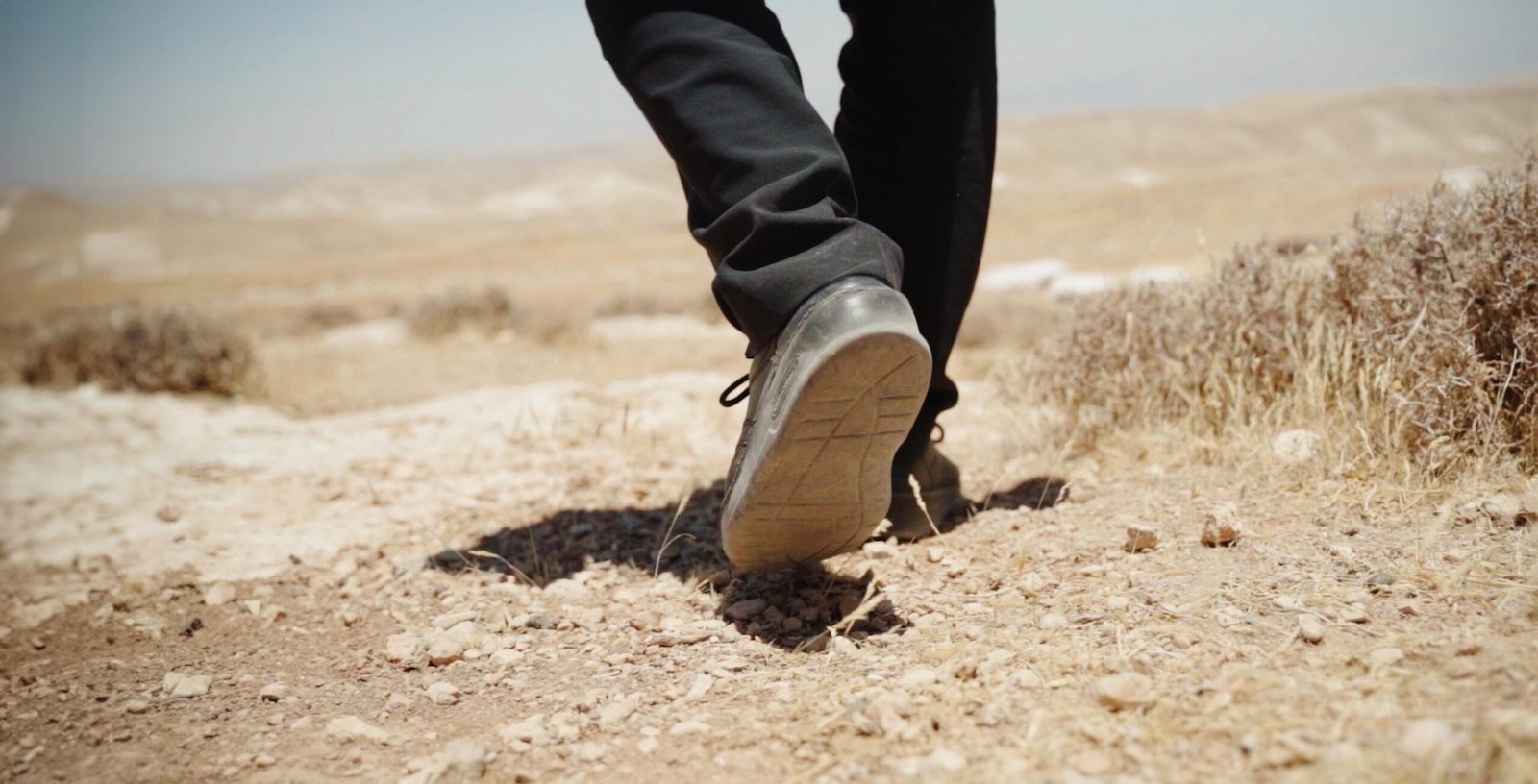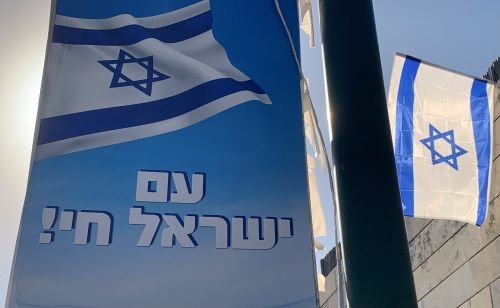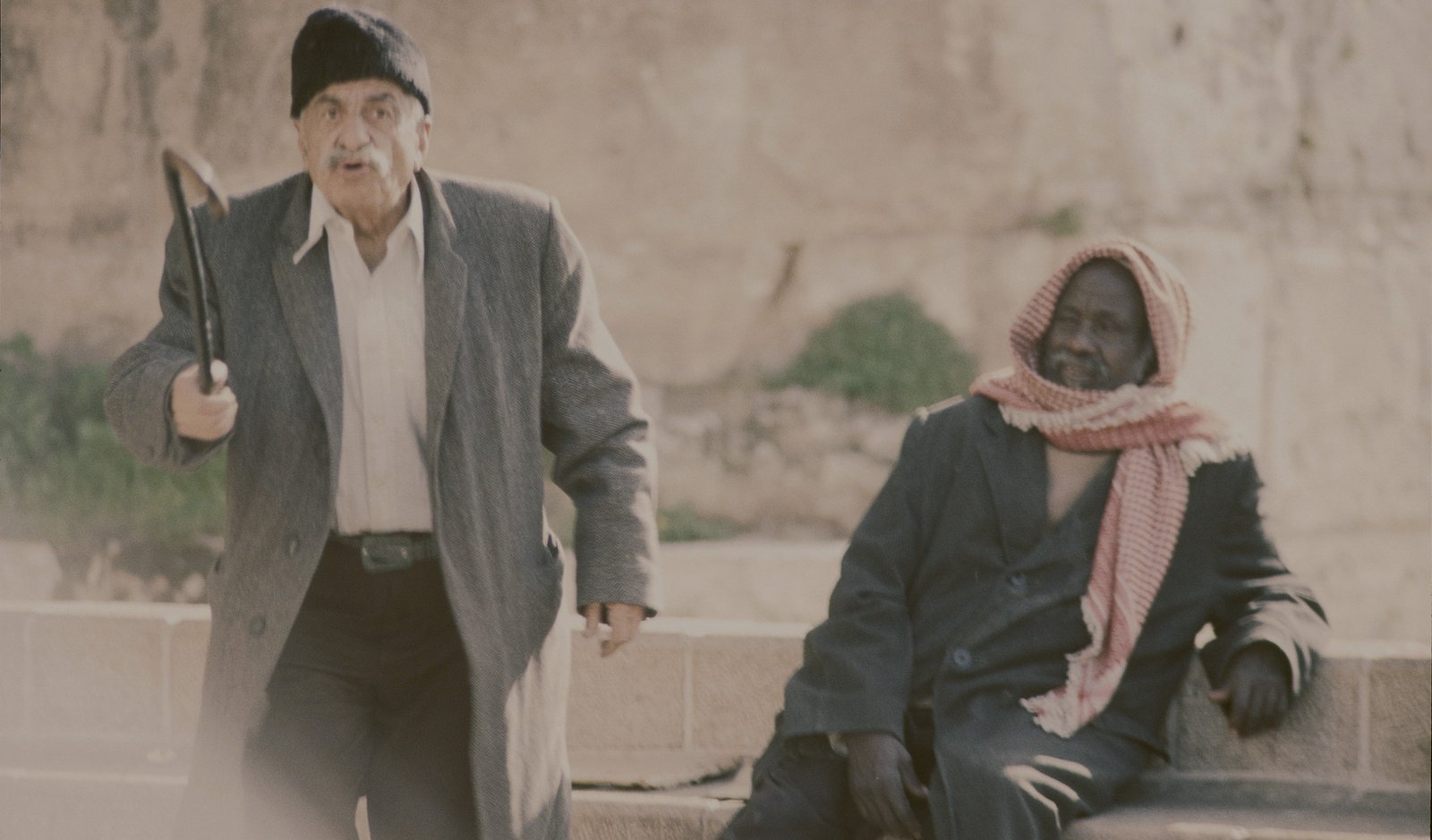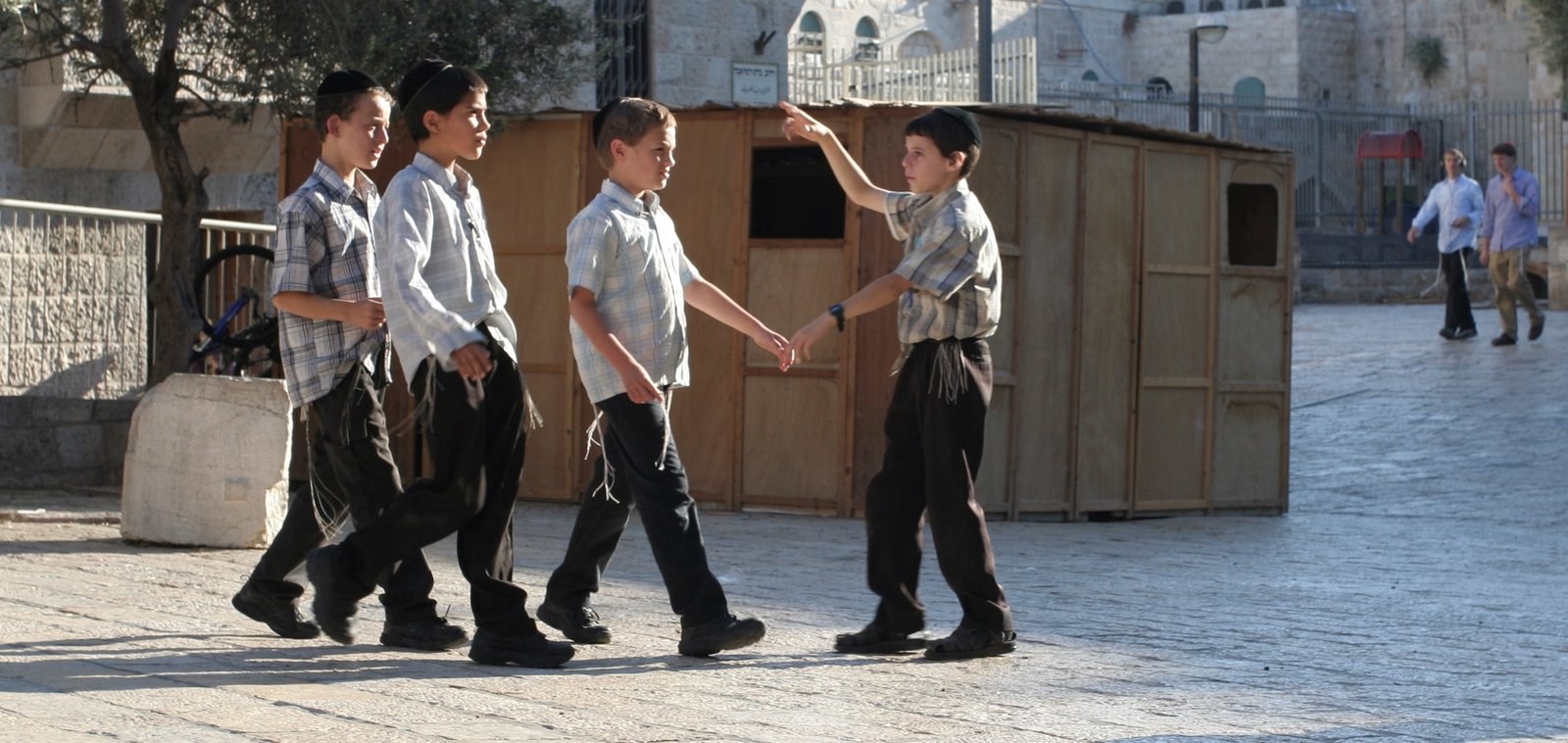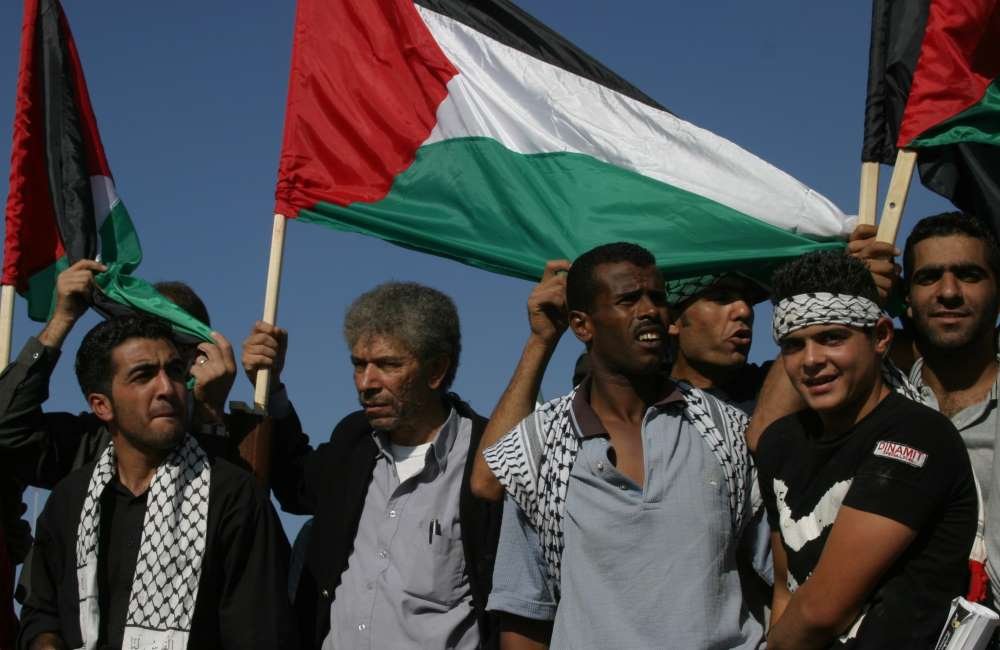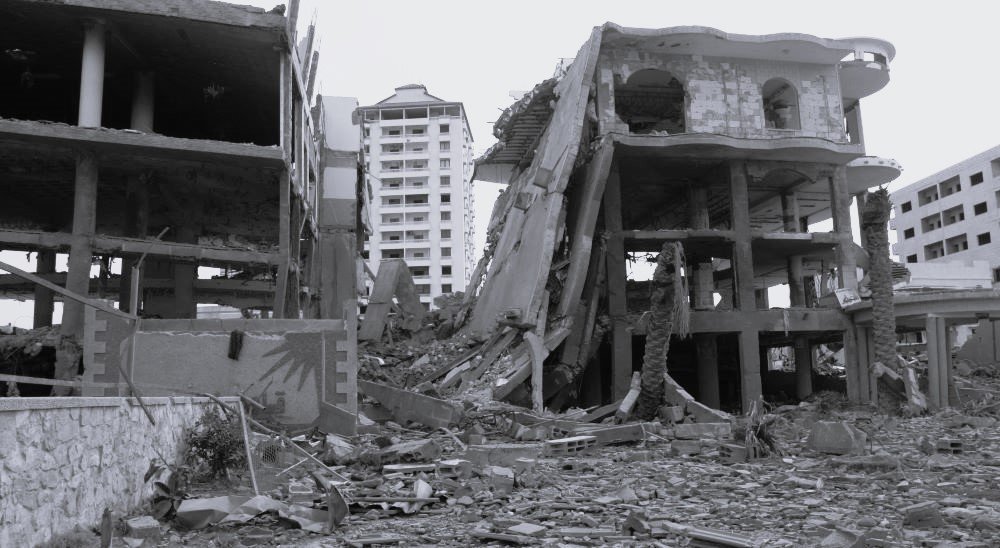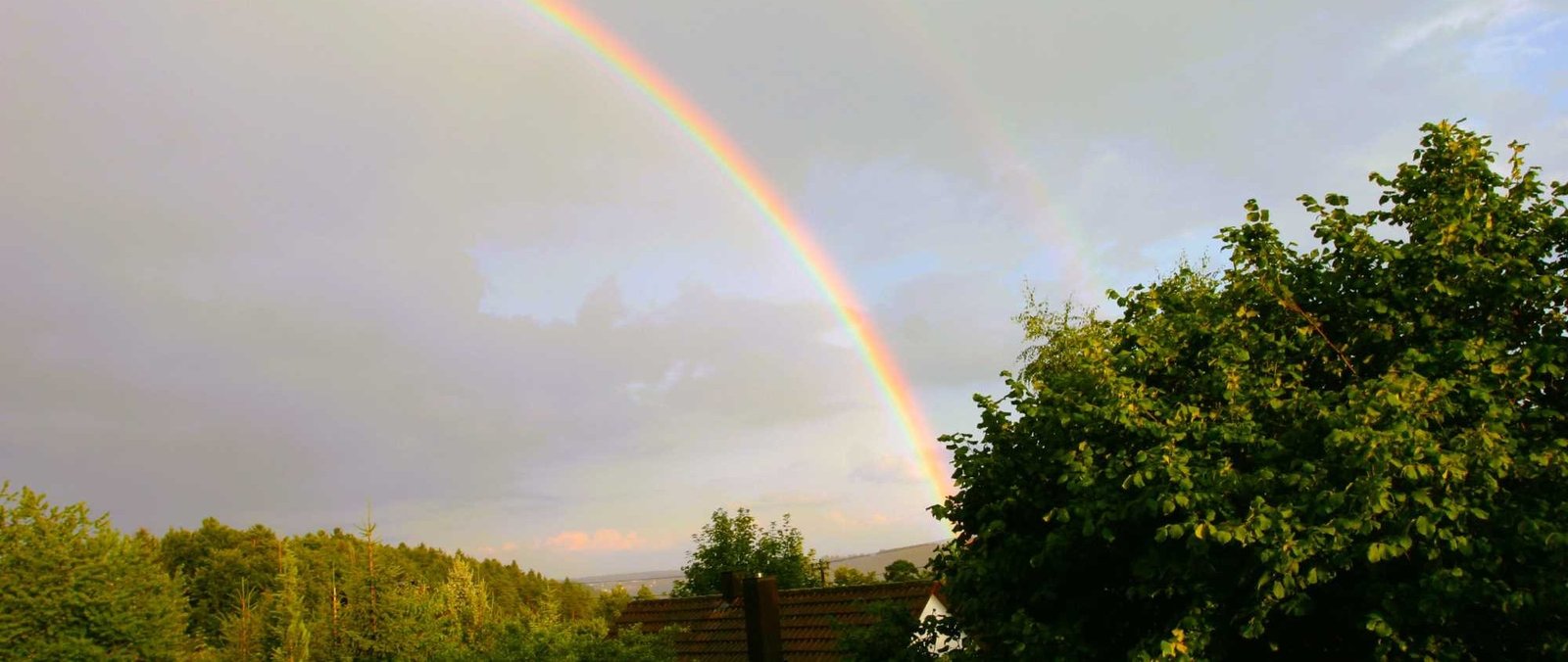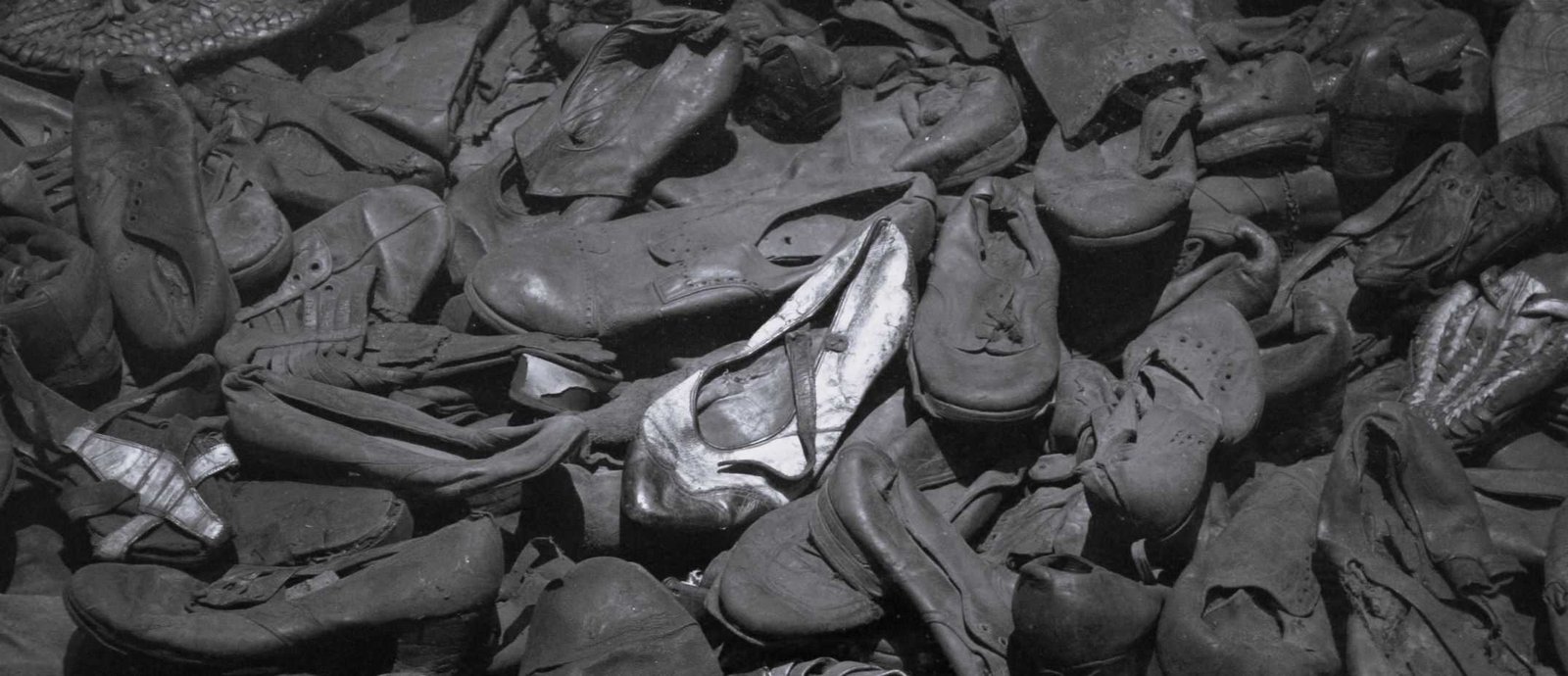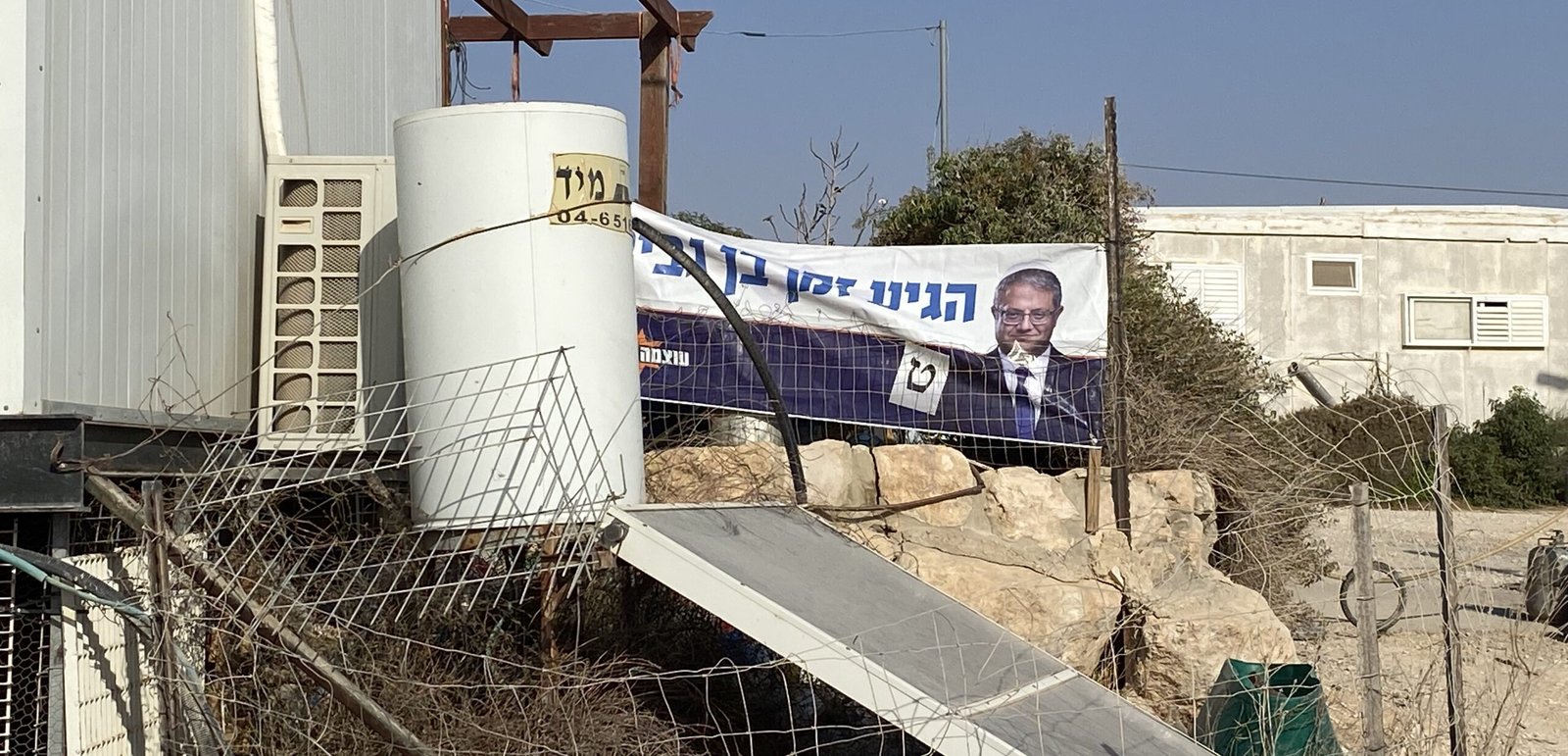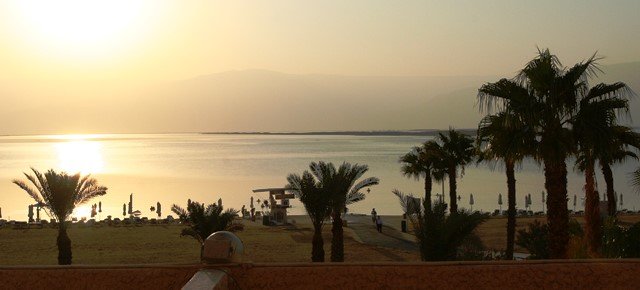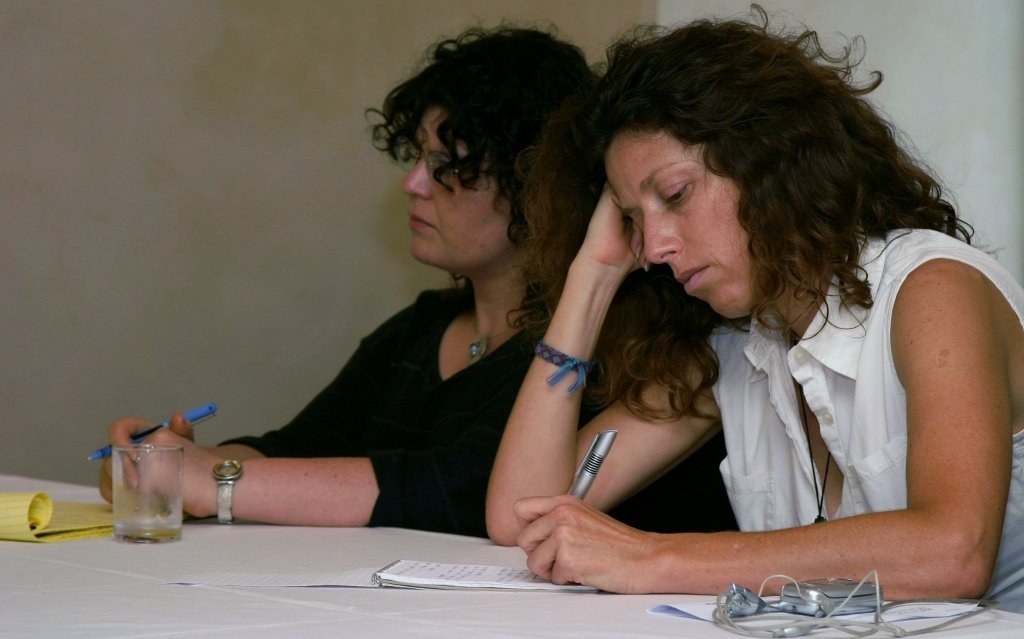Share This Story, Choose Your Platform!
“To wake God up in the middle of the night is reason enough to pray sleehot!” – It is four a clock in the morning. We are walking through Jerusalem’s Nahlaot quarter. Talking to me is a secular Jew. “Davka,” “on purpose”, in absolute defiance he will eat pork on Yom Kippur. In contrast to secular Gentiles, however, he seems to be absolutely sure, that God exists, and that it is possible to wake him up. He is aware of the facts, that on Yom Kippur, the Day of Atonement, he should actually fast and that pork is not kosher. He knows about sleehot. However, he seems not to consider, what the biblical poet confesses: “The One who keeps Israel never slumbers nor sleeps!” (Psalm 121:4).
“Sleehah” is the Hebrew word for “sorry”. “Sleehot” literally translated are excuses, quests for forgiveness, according to the leitmotif: “Father, we have sinned. Be merciful upon us!”
Shortly after four in the morning the first windows in the narrow alleyways of Nahlaot light up. Pious early birds seek their way into their respective synagogues. Sephardic Jews start to recite the prayers of repentance already during the month of Elul, which is the last month of the Jewish year. Ashkenazi Jews start, depending on their traditional affiliation, sometime during the two weeks preceding Rosh HaShanah, at the latest, however, four days before the New Year. The atmosphere of the early morning hours up to the 10th of Tishrei, which is Yom Kippur, is coined by the sleehot, except for the two days of Rosh HaShanah, the New Year.
“Nahlaot” is translated “homestead”. and is located nowadays in the center of West-Jerusalem. Hardly a century ago this quarter was a grouping of 23 courtyard neighborhoods. There lived Syrians and Turks, Greeks and Yemenites, all Jews, who had brought with themselves their cultures, quirks, dialects and customs. Towards the end of the 19th century they had arrived in the Land of Israel from Mesopotamia, Arabia, Persia and Northern Africa, but also from Eastern Europe. Each community built their own synagogue.
Walking during the time of sleehot through the silent alleyways, the diversity of this environment can be felt up to this very day: The antiphonal of the “Urfalim”, who originate from the village Urfal in Kurdistan. Periodically congregants interrupt their precentor. Below the window of the Yemenite Jews you can listen to their communal chanting. Some yards onwards sound the individualistic murmer of the Ashkenazi orthodox through the dark masonry canyons. And in the Adas Synagoge with its wall paintings and carved end wall the visitor dives all of a sudden into the world of medieval Aleppo.
The sleehot are a tradition, a Jewish custom, not a regulation based in Holy Scripture. Therefore, they are normally being recited without the Tallit, the traditional prayer shawl, and they are voluntary, i.e. without obligation. As a consequence, the different mentalities have more freedom of expressing themselves. Lively oriental Jews emphasize their Heavenly Father’s willingness to forgive and interpret the letters of the name of the month “Elul” as the first letters of the sentence: “Ani LeDodi UDodi Li” – “I belong to my beloved and my beloved belongs me.” More austere Eastern European Jews contritely hear in the same sequence of characters the words: “Oi Li ULeYitzri” – “Woe unto me and my (evil) inclination.”
Nevertheless, Jewish tradition roots this time of repentance in the Bible. After the Israelites had sinned with the golden calf, Moses is said to have returned up to Mount Sinai on the first day of the month Elul, in order to plead before God for forgiveness of the sins of his people. Forty days later, exactly on the tenth day of the month Tishrei, on Yom Kippur, the Day of Atonement, he returned. As a sign of God’s renewed grace, he brought the two tablets of stone containing God’s commandments.
When alarm clocks were rare and wristwatches or smartphones that beep at the right time still not in existence, so we are told, some kind of night guard with a lantern walked through the few living quarters outside of the walls of Jerusalem’s Old City, through Nahlaot, Mea Shearim and Yemin Moshe. At around three o’clock in the morning he shouted mercilessly: “Sleehooooot, Sleehooot!” At that time, still everybody got up, old and young ones, to say sleehot. Today only Reb Salman scampers through the dusky lanes. He admonishes the impetuous school children with a strict look to be quiet and considerate of the local residents. They seem to have used the sleehot as opportunity, to stay awake the whole night without supervision. Quiet obviously Reb Salman’s attempt to educate the children bears little success.
These early morning hours in Nahlaot seem to have preserved the last remnants of the diversity of Jewish culture. The so different Jewish cultural expressions escaped the hatred of their Gentile neighbors all over the world to the Promised Land. But here, it seems, this diversity is being inexorably devoured by the cultural melting pot of modern Israel. Between Rosh HaShanah and Yom Kippur during the early morning hours curious school classes, tourist groups and whole army units try to catch something of this disappearing world.
Many synagogues prepared themselves for the nightly rush of young Israelis, who are trying to recapture the culture of their ancestors. They offer “kippot”, the small, round yarmulkes, at the entrance, because a man in Judaism is not supposed to enter a place of worship without covering his head. The ultra-orthodox Ashkenazis, clothed in black, are less well organized. Being asked for a kippa an old Rebbe first helplessly looks around, then suddenly with a mischievous smile lifts his greasy hat and pulls from underneath his own black yarmulke. He does not care at all, that the young man, to whom he lovingly boroughs his head cover, is not even a Jew.
After the “shaharit,” the morning prayer, again the shofar is being blown. The sound of the ram’s horn is a wake-up call to all who are spiritually asleep. But above all it proclaims the restoration of everything that got out of balance and the liberation of all who are captive (compare Isaiah 61).
“Lord, Lord, God, merciful and gracious, slow to anger, abounding in steadfast love and faithfulness; keeping loyal love for thousands, forgiving iniquity, transgression and sin; who will by no means clear the guilty, visiting the iniquity of the fathers on the children and the children’s children, to the third and the fourth generation” (Exodus 34:6-7). These words remind the repentant prayer of Moses’ encounter with the living God on Mount Sinai, where the shofar also sounded.
Jewish interpretation of Scripture furthermore sees a connection between the shofar and the ram, that Abraham sacrificed in the place of his only son on Mount Moriah (Genesis 22), and, thus, points to the coming of Messiah and the resurrection from the dead.
The first ten days of the Jewish year are days of repentance. In Hebrew, they are called “Yamim Nora’im,” “awe demanding days” or “days that cause fear.” God opens books. The nations are called to account. The Sabbath that falls in this time, is called “Shabbat Shuvah”, the “Sabbath of return”. Hosea 14 is being read, a chapter that commences with the words: “Return, Israel, to the Lord your God, for you have stumbled because of your iniquity…”


